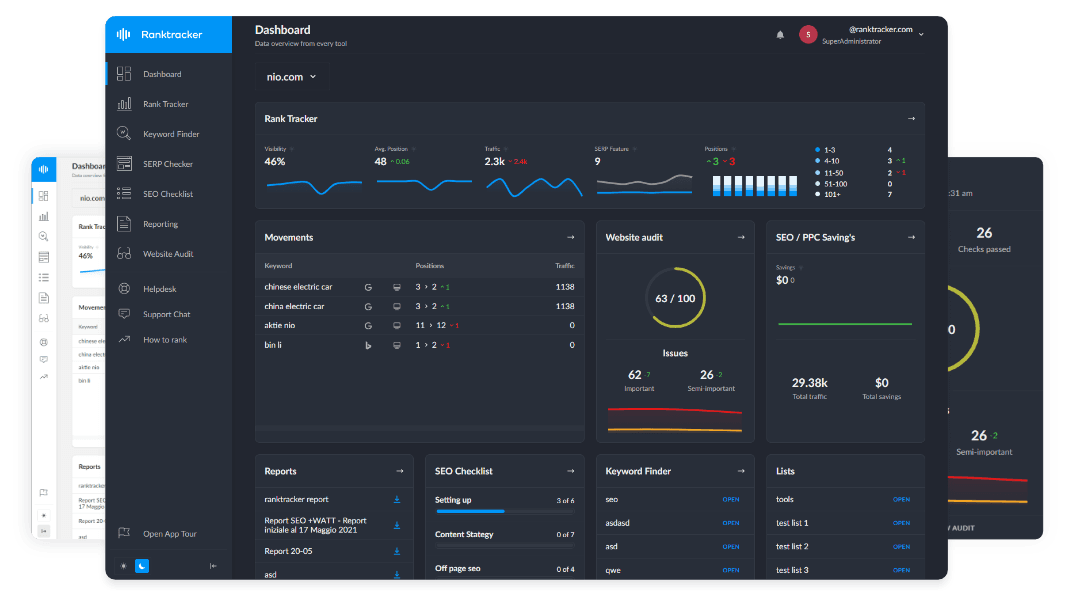Intro
SEO in North America requires a diverse, multilingual, and highly competitive approach. The region encompasses the United States, Canada, and Mexico, each with unique search behaviors, languages, and user expectations. With Google as the dominant search engine, businesses must optimize for English, Spanish, and French-language searches, mobile-first indexing, and local SEO trends. This guide outlines essential SEO strategies to improve rankings across North America.
1. Understanding the North American Search Landscape
Google holds over 90% of the search engine market in North America, but Bing, Yahoo, and DuckDuckGo also have a presence. Local directories, e-commerce platforms, and social media significantly impact SEO visibility.
Key Factors Affecting SEO in North America:
- Multilingual search behavior: English dominates, but Spanish is essential in the U.S. and Mexico, while French is crucial for Quebec, Canada.
- Mobile-first browsing: Over 80% of searches in North America come from mobile devices.
- E-commerce-driven searches: Platforms like Amazon, Shopify, Walmart, and eBay influence search rankings.
- Local search importance: Google My Business, local citations, and regional targeting impact rankings.
2. Keyword Research for the North American Market
SEO in North America requires localized keyword research tailored to regional dialects and search intent.
Best Practices for Keyword Research:
- Use Google Keyword Planner, Ahrefs, and Ranktracker’s Keyword Finder to analyze North American search trends.
- Optimize for regional search queries (e.g., "best coffee shops in New York" vs. "top cafés in Toronto").
- Implement multilingual keywords to capture English, Spanish, and French search traffic.
- Focus on high-intent, location-specific long-tail keywords.
3. Local SEO for Businesses in North America
Local SEO is vital for businesses targeting consumers in specific cities, states, or provinces.
Optimizing Google Business Profile (GBP) for North America:
- Ensure NAP (Name, Address, Phone Number) consistency across directories.
- Optimize business descriptions in English, Spanish, and French where applicable.
- Collect and respond to customer reviews.
- Use local keywords, images, and Google Posts to improve engagement.
Building Local Citations and Business Listings:
- Get listed on local directories like Yelp, YellowPages, and BBB.org.
- Register your business on Google My Business, Apple Maps, and Bing Places.
- Ensure your business appears on Google Maps and regional directories.
4. Content Optimization for North American Audiences
North American users prefer high-quality, informative, and engaging content.
Content Best Practices:
- Write in clear, concise English, ensuring readability.
- Create Spanish and French-language content where applicable.
- Optimize for voice search, as smart assistants like Alexa and Google Assistant are widely used.
- Develop seasonal and event-specific content to align with holidays and shopping trends.
5. Technical SEO Considerations
North America’s competitive digital market requires high-performance websites with fast load speeds and strong technical SEO.
Technical SEO Checklist:
- Use a .com, .ca, or .mx domain for better regional targeting.
- Optimize for Core Web Vitals to improve page speed and user experience.
- Implement AMP (Accelerated Mobile Pages) for mobile performance.
- Ensure mobile-first indexing is prioritized.
- Use structured data (schema markup) to enhance search visibility.
6. Link Building & Digital PR in North America
Acquiring backlinks from high-authority North American websites improves domain authority and rankings.
Effective Link Building Strategies:
- Get featured on news sites like CNN, CBC, and Forbes.
- Collaborate with influencers and industry leaders for guest posts.
- Engage in local forums like Reddit, Quora, and regional blogs.
- Submit press releases to North American media outlets.
7. Measuring SEO Success in North America
Tracking SEO performance ensures continuous optimization and improved rankings.
Key Metrics to Monitor:
- Organic traffic growth via Google Analytics.
- Keyword rankings using Ranktracker’s SERP Checker.
- Click-through rate (CTR) and bounce rate for engagement insights.
- Conversions from organic search to assess SEO effectiveness.
Conclusion
SEO in North America requires a multilingual, mobile-first, and content-driven strategy. By implementing strong local SEO tactics, optimizing for Google’s ranking factors, and leveraging regional search trends, businesses can achieve higher visibility and better audience engagement in the highly competitive North American market.

